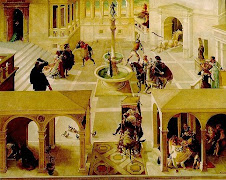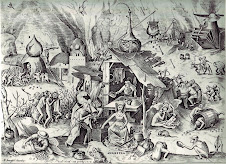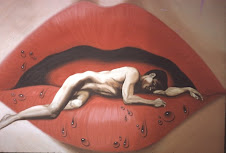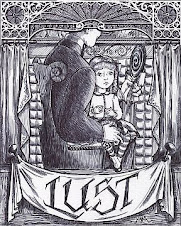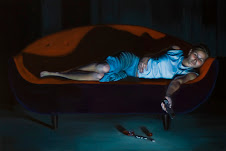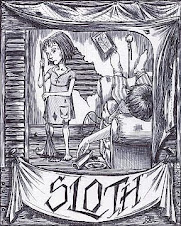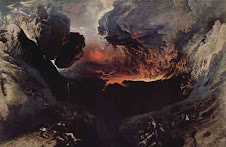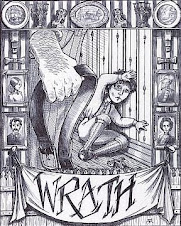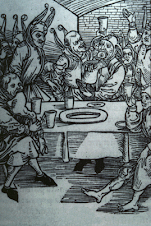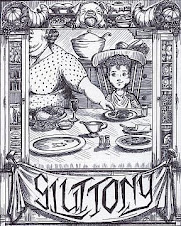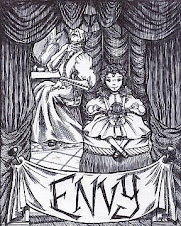Many would consider their possible concept to be just envy, greed, or maybe wrath; however, this concept contains those and more. The seven deadly sins are feared by many, and observed by those who are more curious. In categorizing the seven deadly sins, the Christian religion chose upon gluttony, greed, wrath, envy, sloth, lust, and pride.
The mystery of their origin, and their dark secrets enticed myself to this concept immediately upon the assignment. To be able to learn about more than one concept, and explore its possibilities gave me inspiration and motivation to continue forward with the idea. The dark aspect of the seven deadly sins has a luring effect, and once one gets mesmerized by the intensity, they cannot turn away from it.
Out of all the sins in the world, it has intrigued me to find out that there have been a certain seven deadly ones that correspond with a specifically chosen seven heavenly virtues. When looking more closely at these sins, one realizes that they are guilty of most, if not all of them, at some point in their life. It is absolutely fascinating to realize that people knowingly commit these deeds, and it has inspired me to try and learn why people do so.
In this concept portfolio, many of the images and stories are very dark and deceitful, just like the sins themselves. There are many forms of each of the sins portrayed throughout the pages, giving new excitement with every glance.
The Seven Deadly Sins





